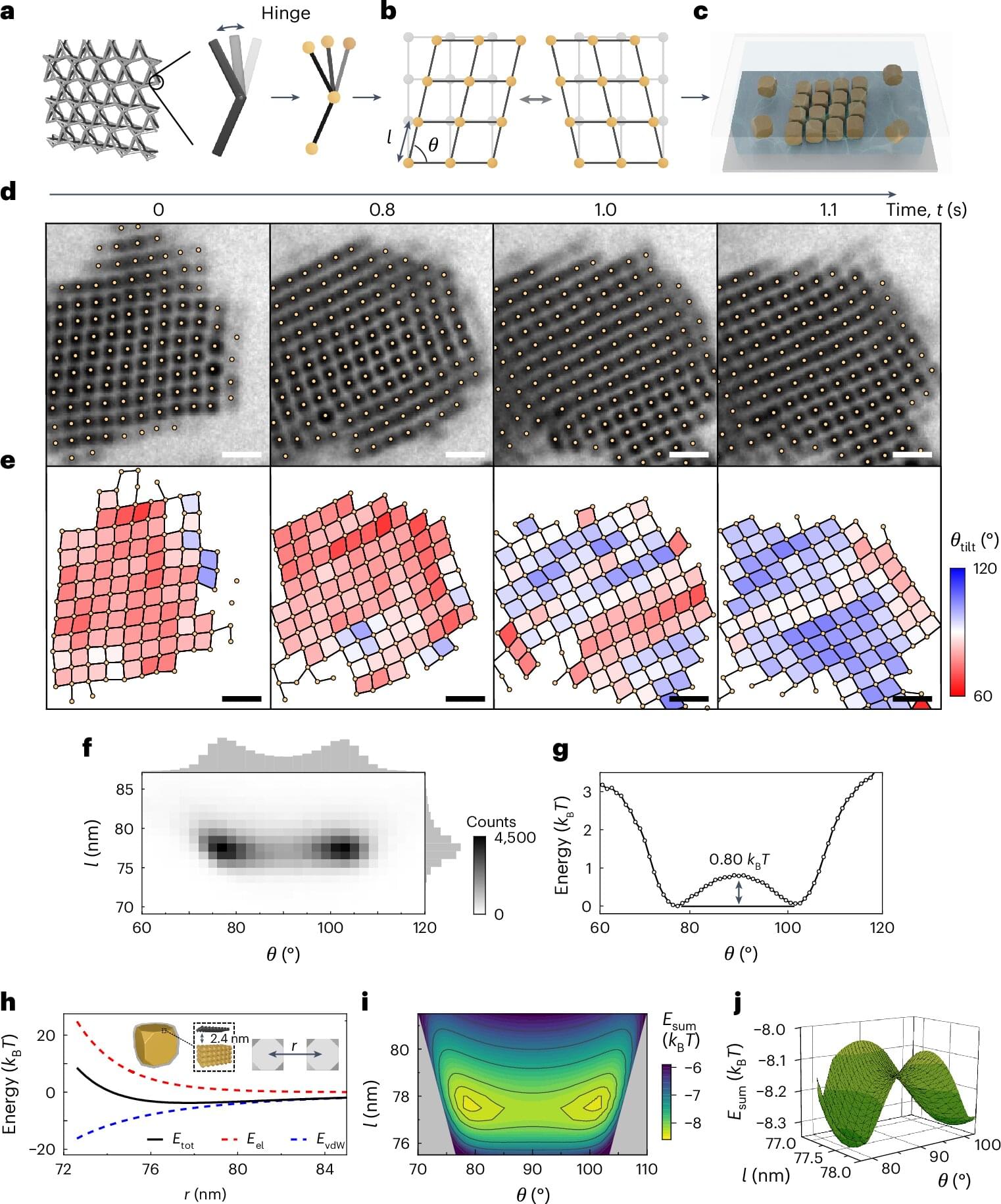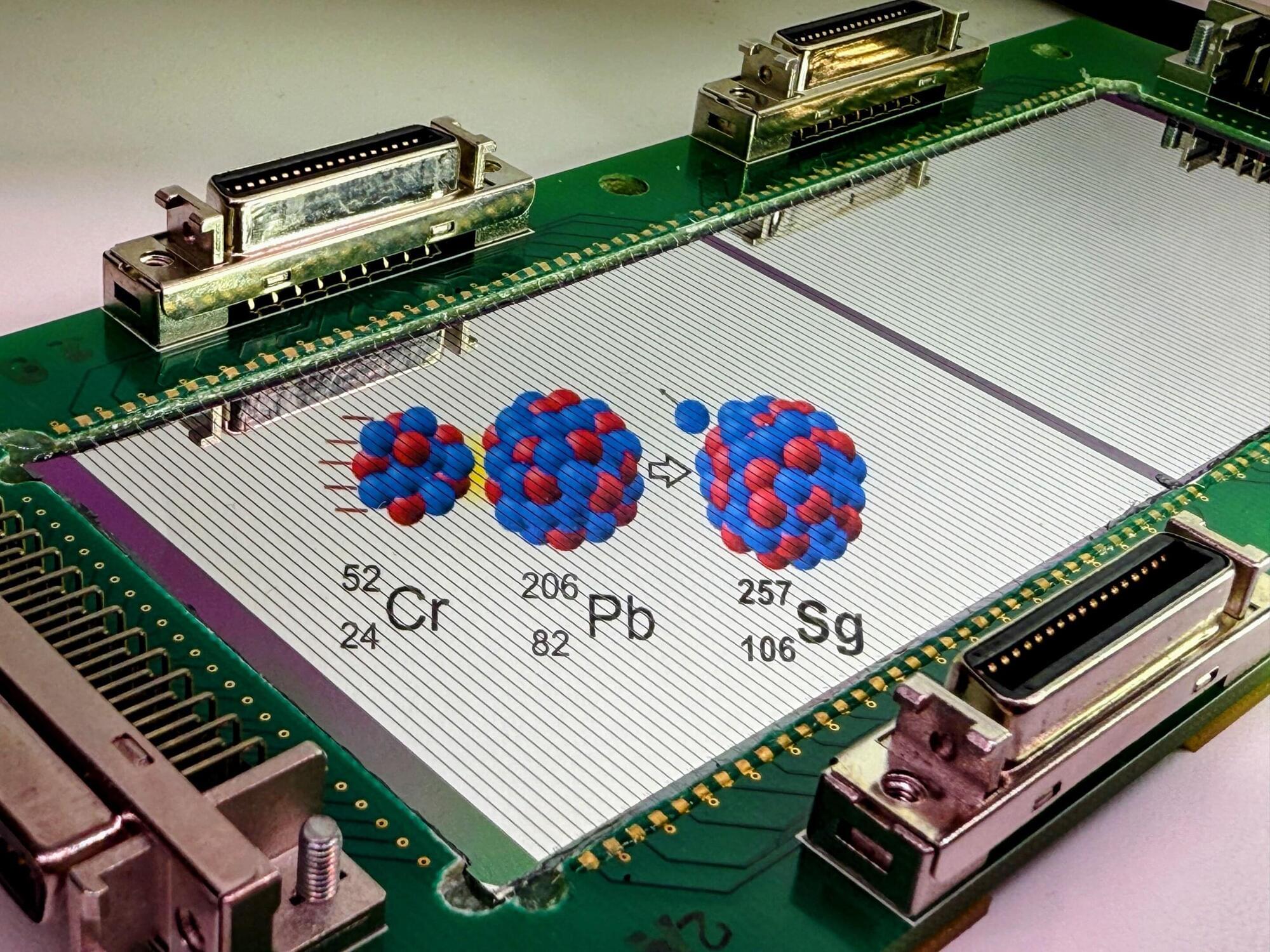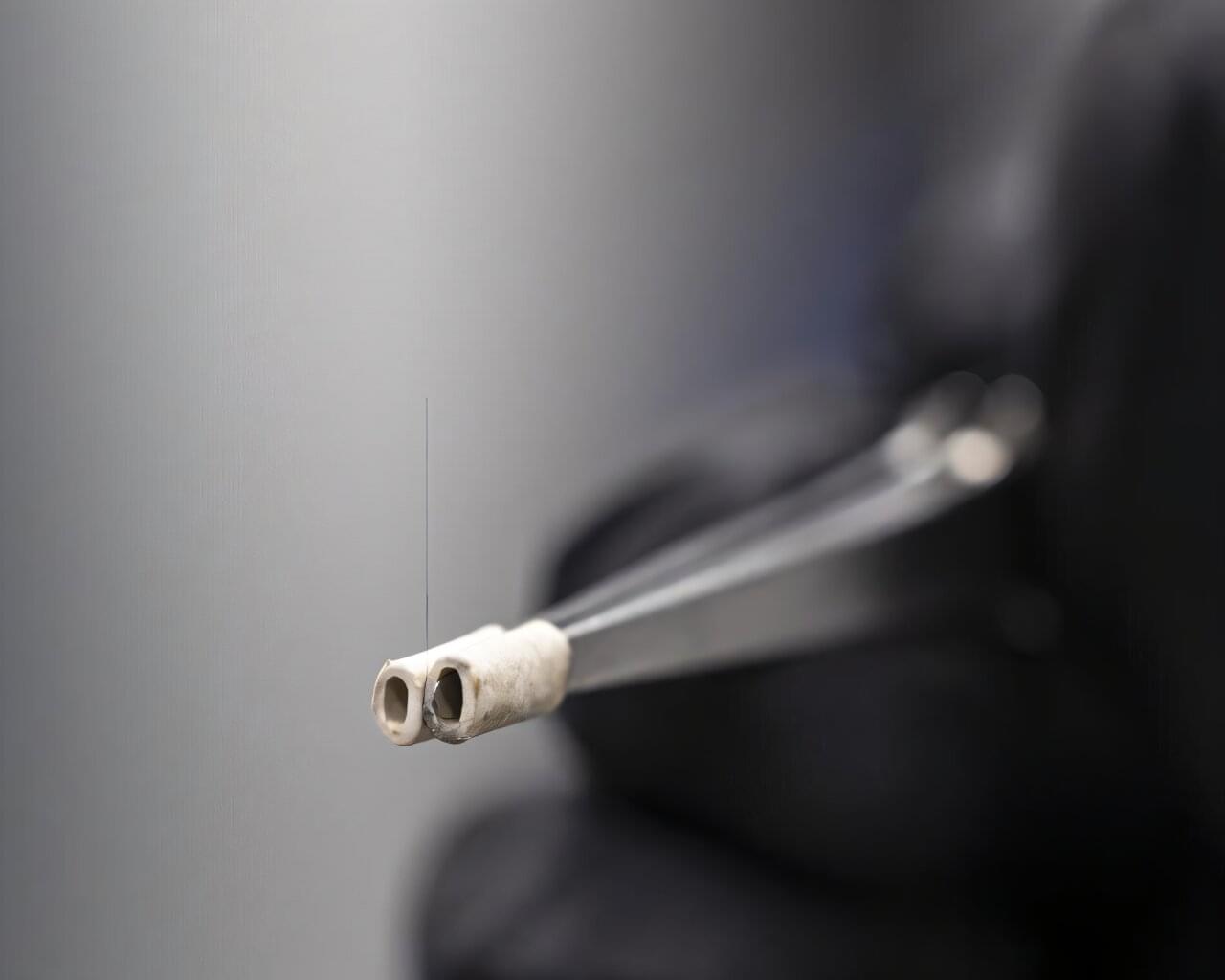A research team including members from the University of Michigan have unveiled a new observational technique that’s sensitive to the dynamics of the intrinsic quantum jiggles of materials, or phonons.
This work will help scientists and engineers better design metamaterials—substances that possess exotic properties that rarely exist in nature—that are reconfigurable and made from solutions containing nanoparticles that self-assemble into larger structures, the researchers said. These materials have wide-ranging applications, from shock absorption to devices that guide acoustic and optical energy in high-powered computer applications.
“This opens a new research area where nanoscale building blocks—along with their intrinsic optical, electromagnetic and chemical properties —can be incorporated into mechanical metamaterials, enabling emerging technologies in multiple fields from robotics and mechanical engineering to information technology,” said Xiaoming Mao, U-M professor of physics and co-author of the new study.








